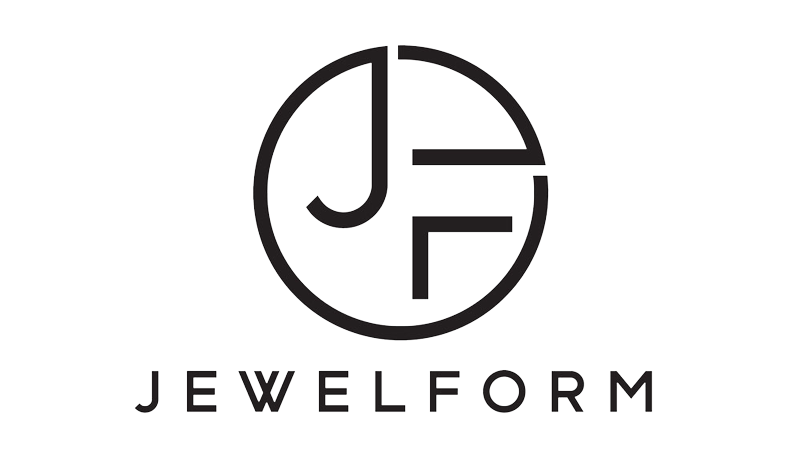Jewelleries have always been in the Henry civilization, where they were used as the emblem of power and richness, and also as a sign of love and a marriage commitment. Today the jewelry industry can be characterize as growing at a fast pace and this growth is largely due to the impact brought about by technological advancement. CAD is one of the biggest advancements in jewelry-making since it has changed how designs are created and items are manufactured. In this blog, Jewelry CAD design shall be unpackaged together with the advantages of this approach and how it breaks the horizon of jewelry manufacturing.
What is Jewelry CAD Design?
Computer Aided Design CAD is an application applied by designers in technical drawing and illustration. Referring to the creation of jewelries, CAD is a process of designing intricate 3D models of pieces of jewelries. It makes designers have more freedom and creativity to work on more sophisticated forms and extraordinary small features compared to the more traditional manual designing.
The Advantages for Jewelry CAD Design
1. Precision and Accuracy
Another obvious benefit of CAD is its capability to generate very accurate and intricate design. Drawings made by hand and molds created with wax can result in inaccuracy that is visible during production. CAD software of course reduces these challenges because through it, the designer is able to come up with precise details that guarantee compatibility of each segment.
2. Enhanced Creativity
CAD technology brings new opportunities for designers to perform; they can create more non-trivial designs and work on difficult structures. There are many advantages to a 3D design that allows designers to examine the design from different angles and also play around with different textures and finishes to give a product that stunning appeal.
3. Speed and Efficiency
Hand sketching of jewelry may pro long the time it takes to produce jewelry since one has to transpose it and make some changes on the design. CAD accelerates this process, allowing for an ability to easily revise designs and watch the results instantly. It also means that companies are in a position to get products out faster and get into markets quicker.
4. Cost-Effectiveness
Depending on the specifics of the product, it can be expected that CAD design can save production cost when it comes to the creation of prototypes. In contrast to physical models, with the help of computer technology, they can be corrected an unlimited number of times until an actual material is utilized and it is possible to get an ideal final product.

The CAD Design Process
1. Conceptualization
The design process starts with the design concept which is the foundation for the design and is informed by the client brief or created by the designer. The primary concept images contain information regarding the fundamental form and construction components that are applied during the design process and Custom sketching.
2. 3D Modeling
By application of CAD tool, the designer will develop a realistic 3D model of the jewelry piece. This involves defining the department and size, length, width, depth, and specific characteristics such as the finish, gem setting and ornamentation. There is tight control over parameters at one’s fingertips, and all the parameters are reconciled to allow for consistent and accurate design.
3. Rendering and Visualization
Readily the 3D model is ready, it can be utilized to generate images as well as animations that are real looking. This is important to be in a position to see how your completed picture will look before you make corrections. High quality also makes the renderings applicable for marketing and promotional uses to help customers get a glimpse of what they are buying.
4. Prototyping and Production
Ideas can be decided on and developed, and then a real-life model can be made if an object has been designed in a computer. This is normally accomplished through 3D printing, in which an exact physical model of the design is made or through CNC machining. The feedback of the prototype underwent a redesign to produce a product for testing in the final production phase.
Jewelry CAD Design in the Future
Cad users have seen great benefits from this technology and over the next decade, the new advanced features for designers is expected to become available. There is potential to combine the mentioned technologies with others, like VR and AR, to expand innovative design approaches and deliver engaging experiences to both the design professionals and consumers.
However, the future of jewelry CAD design appears likely hold repeated significant change due to the progress of artificial intelligence and machine learning. These technologies can self-analyze a given trend, design the best setting/parameters for optimizing the design and even self-generate design ideas for the next possible technology/product.
Conclusion
Cad designing in jewelry directly benefits jewelry fabrication in ways, which are; Increased precision, creativity, and efficiency. This technology when adopted by designers will act as a spring board in the manner of work displayed on the commercial market. Thus CAD without any doubt will always occupy its rightful place in jewelry design which forms the vanguard of what this fascinating industry will look like in the future. If you are a designer who wants to improve your ability or a buyer who is tired of mass-produced jewelry, then the CAD technology offers designers a wealth of new opportunities and corrects the traditional concept of what can be made in jewelries.
#JewelryDesign #CADDesign #JewelryCAD #CustomJewelry #JewelryDesigner #3DJewelry #JewelrySketch #JewelryRendering #JewelryMaker #JewelryArt #JewelryCreation #CADJewelryDesign #JewelryInspiration #BespokeJewelry #3DModeling

